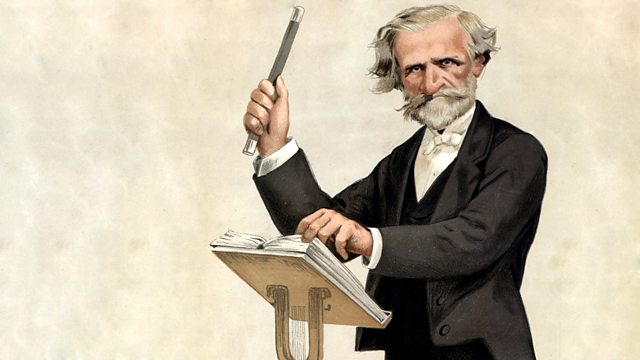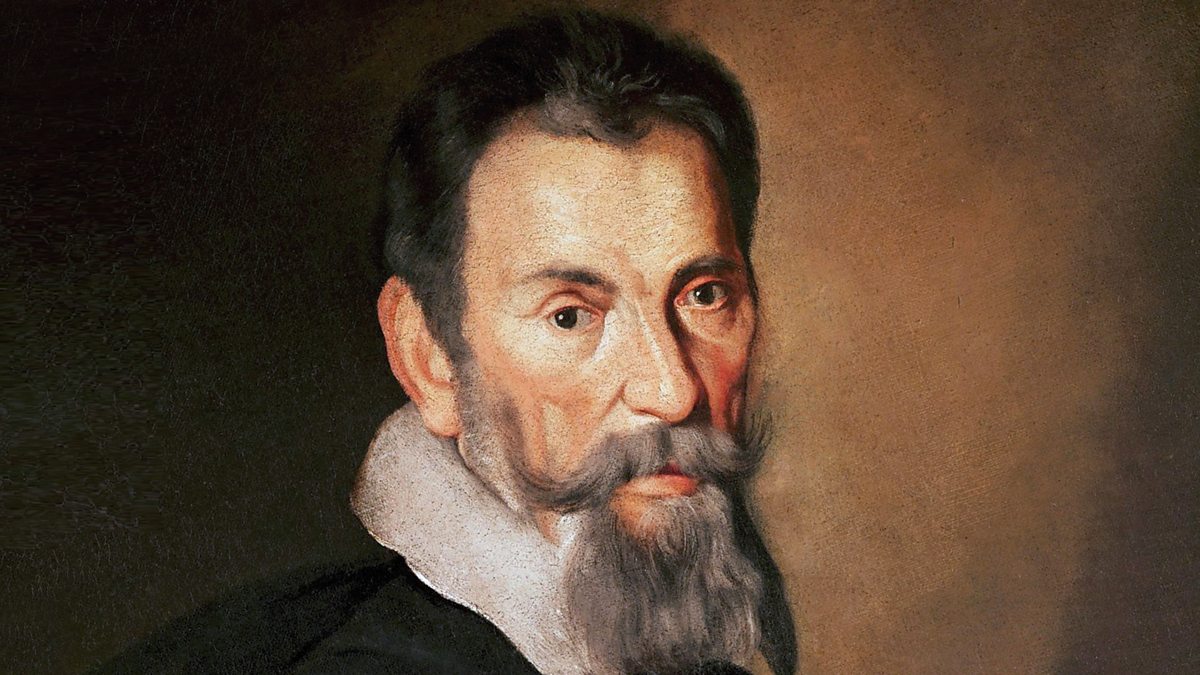
Verdi – Don Carlos
Don Carlos, one of Giuseppe Verdi’s most ambitious and complex operas, stands as a monumental work in the history of classical music. Composed during a[…]

Top 10 Verdi Songs
Giuseppe Verdi (1813-1901) is one of the most celebrated opera composers in the history of classical music. His works, known for their powerful melodies, intricate[…]

Life and History of Verdi
Giuseppe Verdi was one of the most influential composers of the 19th century, whose operas are still widely performed and admired today. He was born[…]

Verdi – Short Biography
Verdi – Short Biography Giuseppe Fortunino Francesco Verdi (10 October 1813 – 27 January 1901) was an Italian composer best known for his operas. He was[…]

Verdi – The Force of Destiny (Overture)
Giuseppe Verdi – The Force of Destiny (Overture) La forza del destino (Italian pronunciation: [la ˈfɔrtsa del deˈstiːno]; The Power of Fate, often translated The Force[…]

Verdi – Quattro pezzi sacri
Giuseppe Verdi The Quattro pezzi sacri (Italian pronunciation: [ˈkwattro ˈpɛttsi ˈsaːkri], Four Sacred Pieces) are choral works by Giuseppe Verdi. Written separately during the last decades[…]